You are here:
Product code: N/A
EDTA 2Na
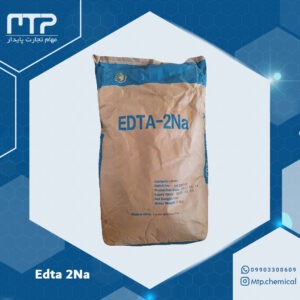
EDTA disodium, also known as EDTA-2Na or disodium EDTA, has the chemical formula C10H16N2O8-2Na and is a colorless crystalline solid. EDTA disodium is used to chelate metal ions and reduce their reactivity, particularly in many industrial products and cosmetics. The use of EDTA disodium in cosmetic formulations enhances the efficacy of the products and also contributes to the stability of solid soaps and many detergents. This compound is also found in creams and oils. To know the price and purchase of this product, contact the telephone numbers of Maham Tejarat Paidar company.
01732220442-01732255539
02186053798
09903300609
Description
Characteristics
No Reviews
Description
What is Disodium EDTA 2Na?
Ethylene diamine tetraacetic acid (EDTA 2Na) with the chemical formula C10H14N2Na2O8 is a hexadentate chelating ligand, commonly known by its abbreviation EDTA. This compound is highly soluble in water and is available as disodium EDTA or tetrasodium EDTA. EDTA is synthesized from the reaction between ethylene diamine and chloroacetic acid and has various applications.
Uses of Disodium EDTA
Disodium EDTA is used in both its disodium and tetrasodium forms. One of its primary uses is to remove metal ions from solutions. In the textile industry, it prevents impurities in synthetic dyes and stops color changes by sequestering metal ions. In the pulp and paper industry, it prevents the adverse effects of metal ions, particularly manganese (Mn(II)), by inhibiting their catalytic activity on hydrogen peroxide, a chlorine-free bleaching agent. For similar reasons, it is added to certain foods to extend their shelf life.
Water Softening
Calcium and magnesium ions in water cause hardness, leading to issues both in the body and various equipment. One way to mitigate this hardness is by using EDTA, which precipitates these metal ions. Therefore, EDTA is commonly used in detergents. It inactivates ions like calcium and magnesium, softening the water. Additionally, by complexing with metal impurities in water, EDTA prevents equipment corrosion. This product is also used to remove hydrogen sulfide from gas streams, where hydrogen sulfide is oxidized to elemental sulfur:
H2S + 2[Fe(EDTA)]− → 2[Fe(EDTA)]2- + 2H+ + S
Disodium EDTA is also employed in the separation of lanthanide metals by ion-exchange chromatography. Ion exchange is currently the only method to obtain high-purity lanthanides.
Treatment of Anemia
In 1970, it was discovered that EDTA in the form of FeNa-EDTA could play a role in treating anemia. FeNa-EDTA can be added to many food products without imparting an unwanted taste and provides a desirable level of iron absorption comparable to that from red meat.
According to reports from the World Health Organization, about 1.6 billion people worldwide suffer from iron deficiency. Using this iron compound in foods can effectively combat iron deficiency, particularly in developing countries.
After the initial report on the benefits of this compound, it took 20 years for the JECFA (Joint FAO/WHO Expert Committee on Food Additives) to approve this form of the compound as a food additive in 1999. However, significant advancements have been made in recent decades, and in 2009, the World Health Organization recommended the use of FeNa-EDTA in flour.
Pharmaceutical Applications
EDTA is used to treat lead poisoning and brain damage resulting from it, to treat poisoning by radioactive metals such as thorium, uranium, and strontium, to remove copper in patients with Wilson’s disease, and to reduce calcium levels in individuals with hypercalcemia.
Additionally, EDTA is used to treat blood and venous disorders such as irregular heartbeats caused by exposure to chemicals, chest pain, high blood pressure, high cholesterol, stroke, and circulatory problems.
In industry, EDTA is used to improve the stability of certain pharmaceutical products, detergents, liquid soaps, shampoos, agricultural chemical sprays, and cosmetic products.
Cosmetic Products
EDTA and its salts are found in products like sunscreens, lotions, conditioners, skin care products, and more. This compound prevents the degradation of cosmetic products by blocking metal ions. Furthermore, it helps preserve the fragrance and structure of the compounds in the product.
Applications of EDTA in Dentistry
In dentistry, EDTA 2Na is used to remove residual materials from the tooth root canal during endodontic procedures. It is also used to assess kidney function, where it is injected intravenously and its excretion in urine is measured to evaluate glomerular filtration rate.
Some doctors believe that EDTA acts as an antioxidant, preventing free radicals from binding to the walls of blood cells.
Production of EDTA 2Na
Ferdinand Münz first synthesized EDTA by reacting ethylene diamine and chloroacetic acid. Today, the reaction between ethylene diamine, formaldehyde, and sodium cyanide produces the sodium salt, which is then converted to the acid form. The production process is as follows:
H2NCH2CH2NH2 + 4CH2O + 4 NaCN + 4 H2O → (NaO2CCH2)2NCH2CH2N(CH2CO2Na)2 + 4NH3
(NaO2CCH2)2NCH2CH2N(CH2CO2Na)2 + 4 HCl → (HO2CCH2)2NCH2CH2N(CH2CO2H)2 + 4NaCl
purchase EDTA 2Na
. maham tejarat paidar Company, relying on commercial knowledge and market understanding of chemical supply, has been able to become a trusted supplier to dear manufacturers in a short period of time. You can purchase the highest quality EDTA 2Na sodium through the maham tejarat paidar supply chain as soon as possible.
Characteristics
No Reviews
Be the first to review “EDTA 2Na” Cancel reply

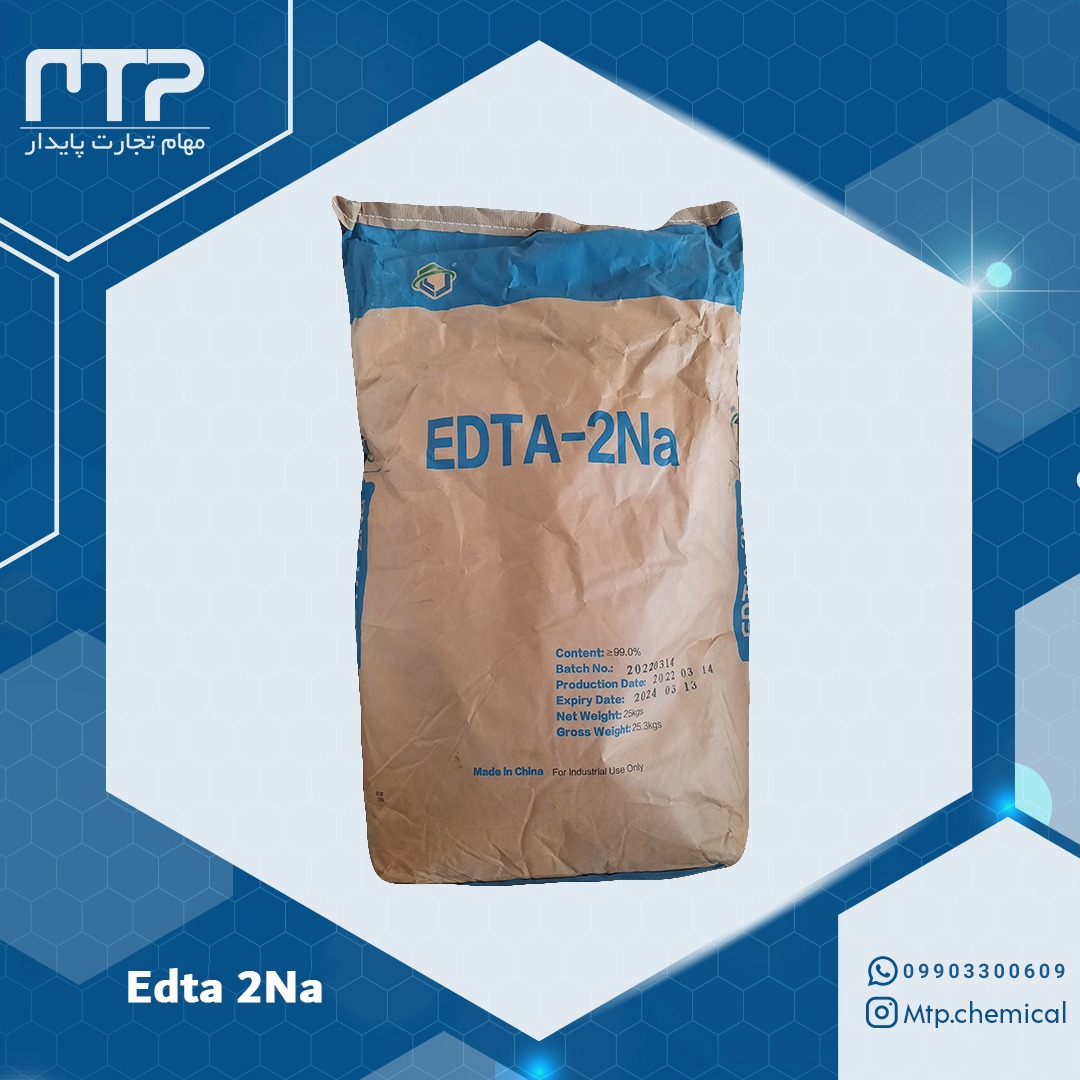
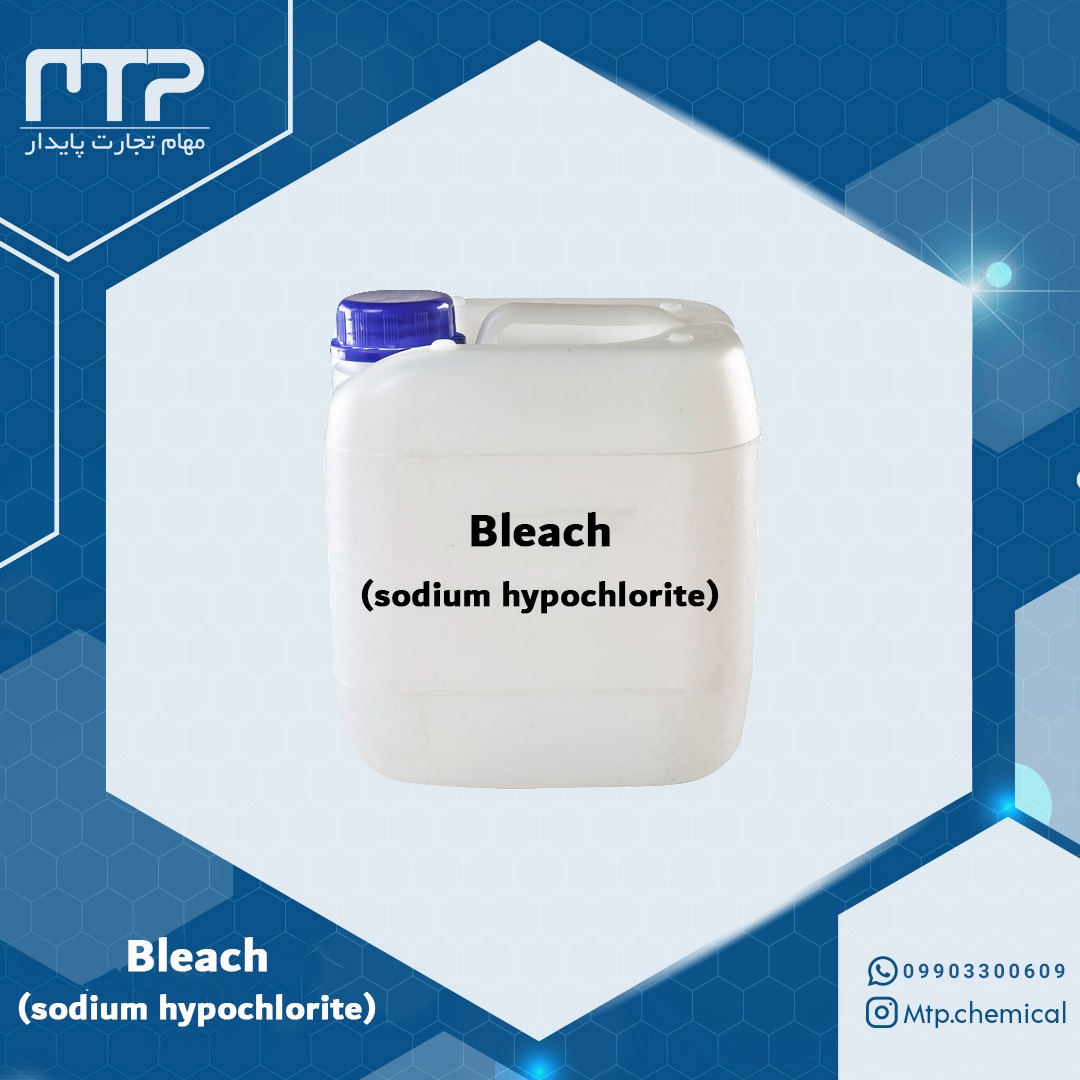
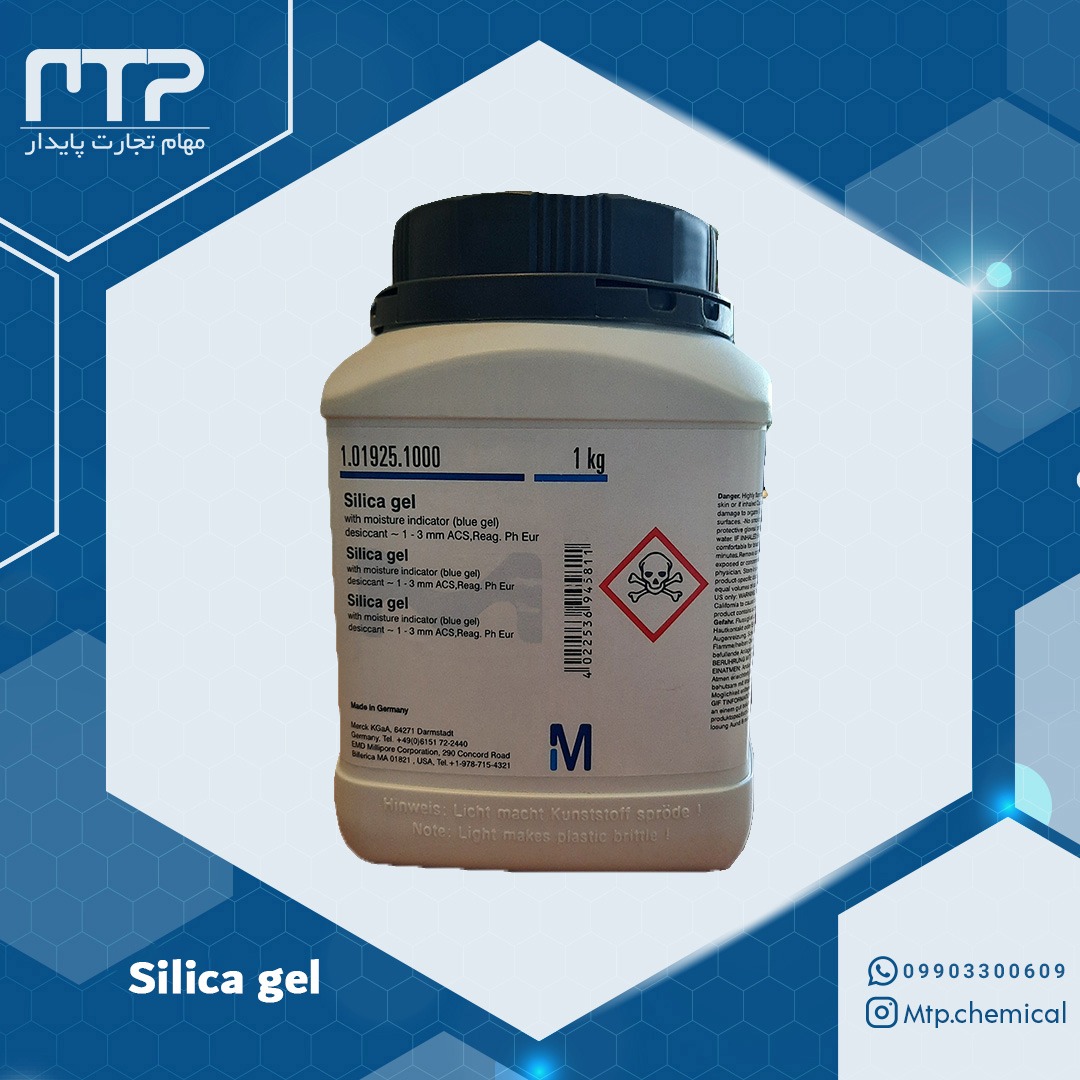
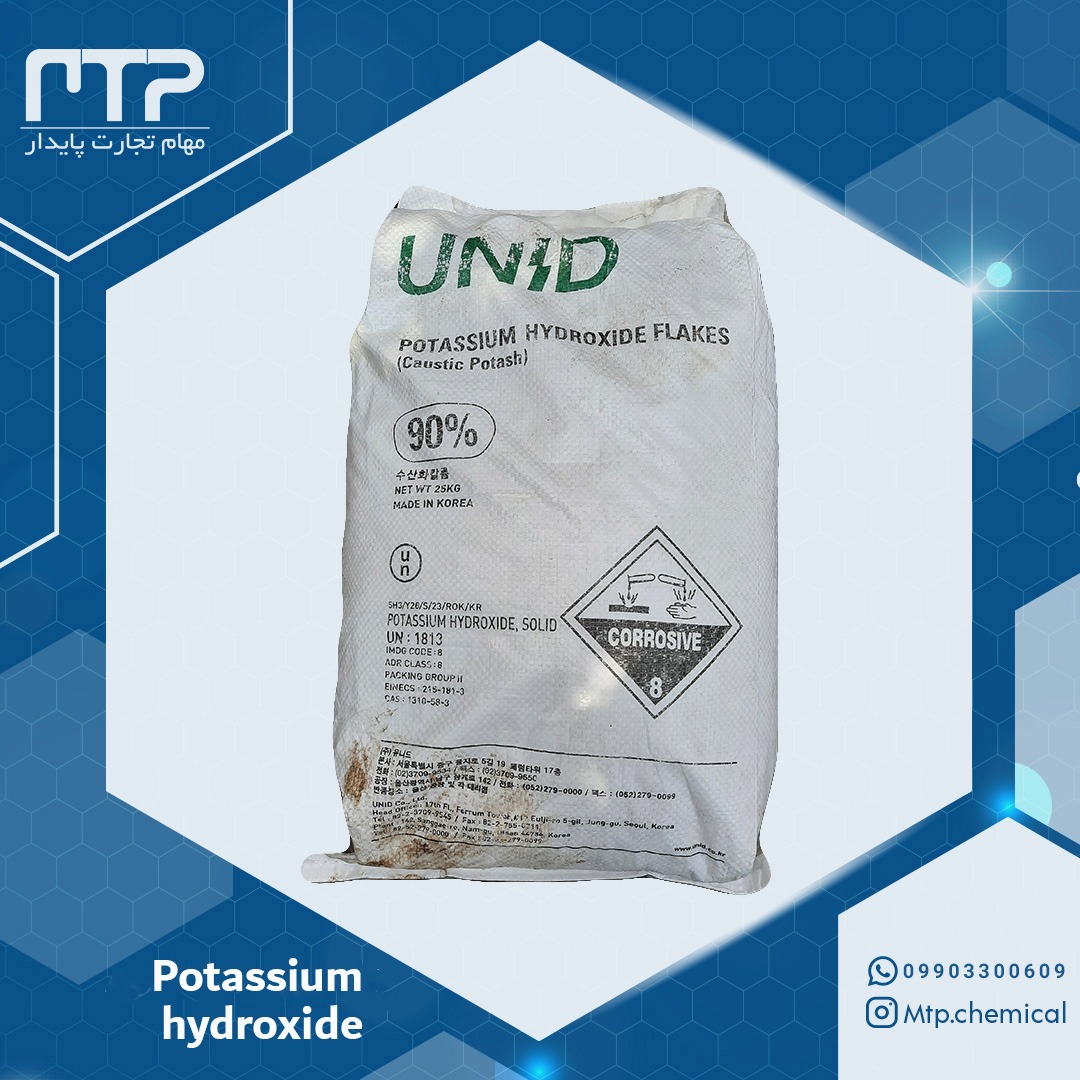
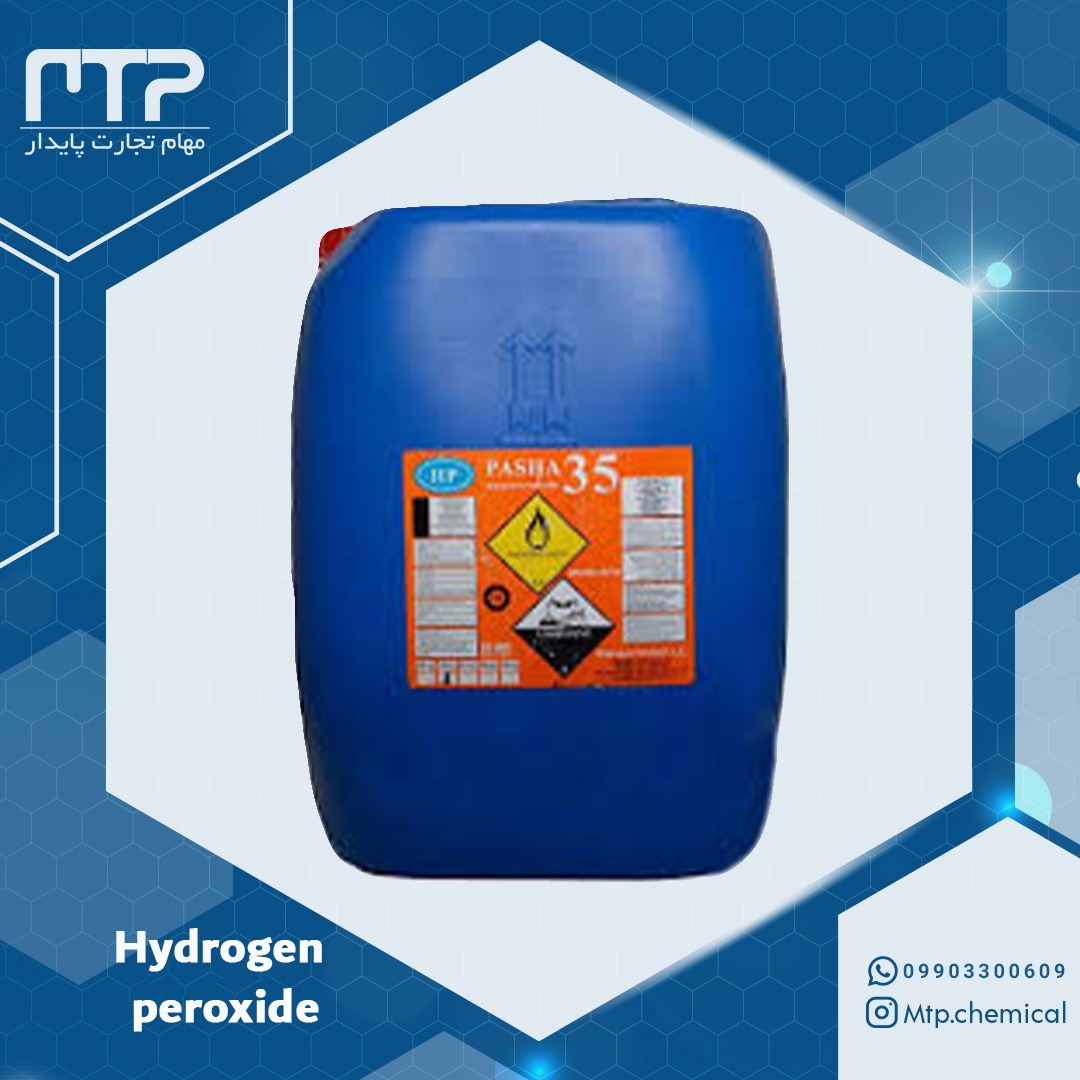
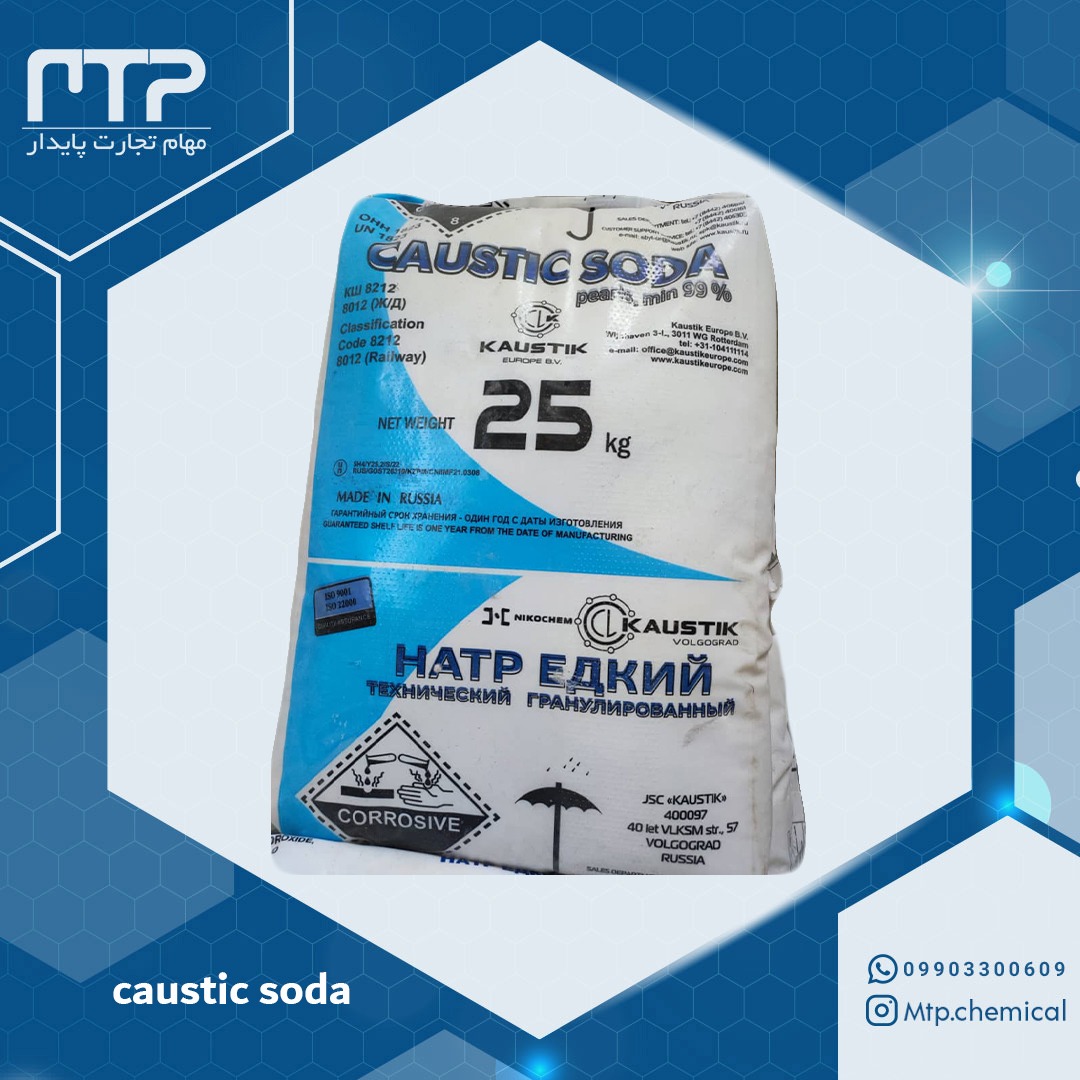
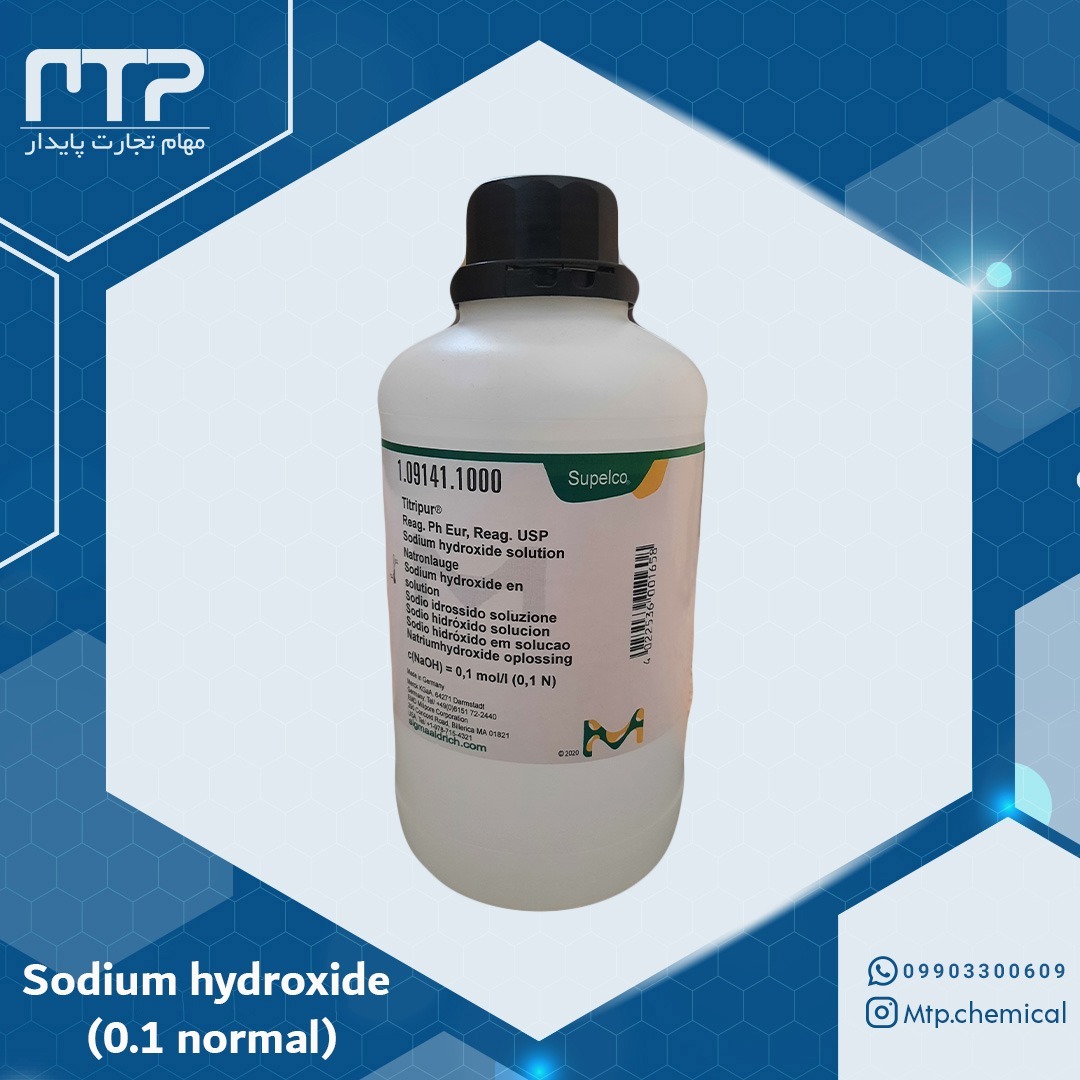
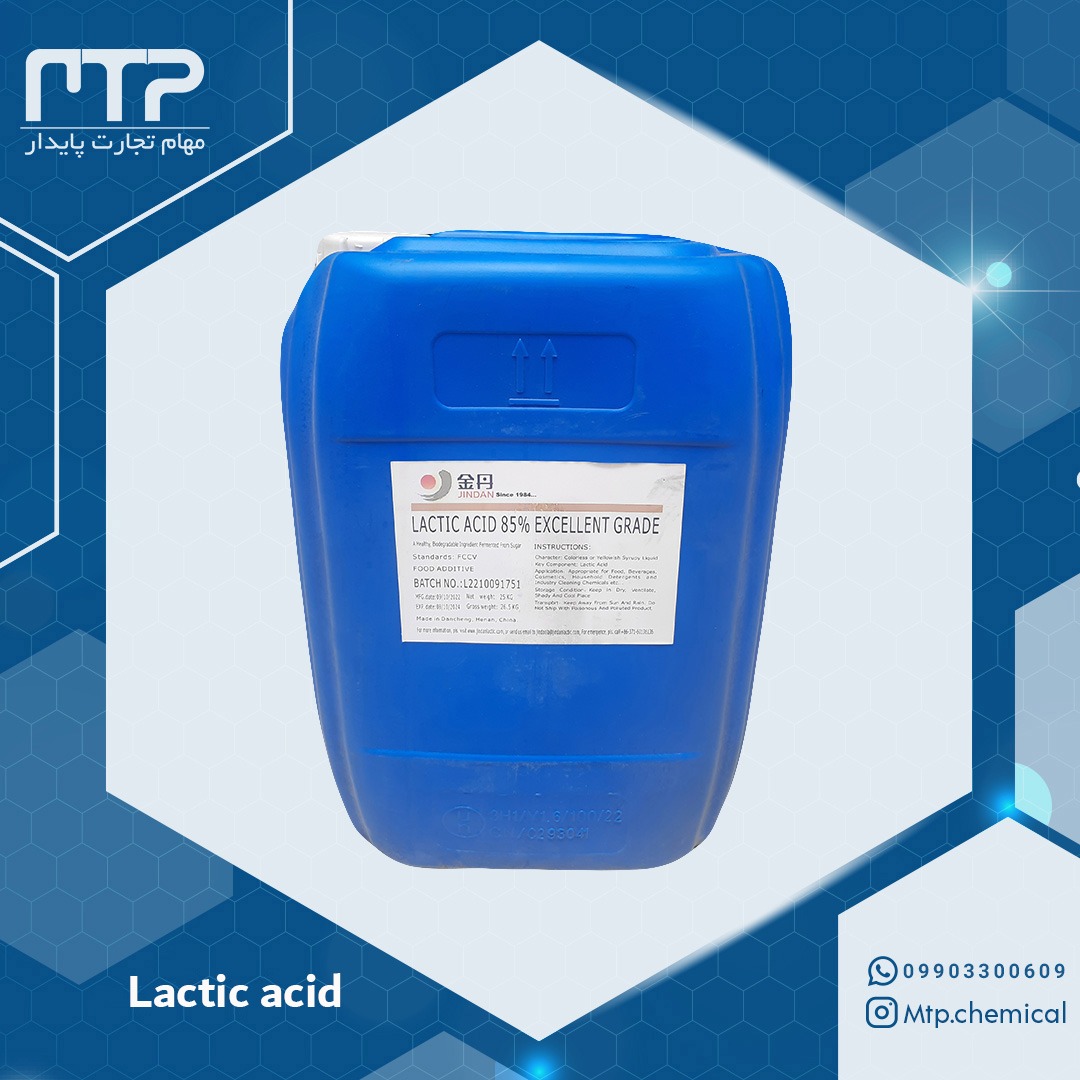
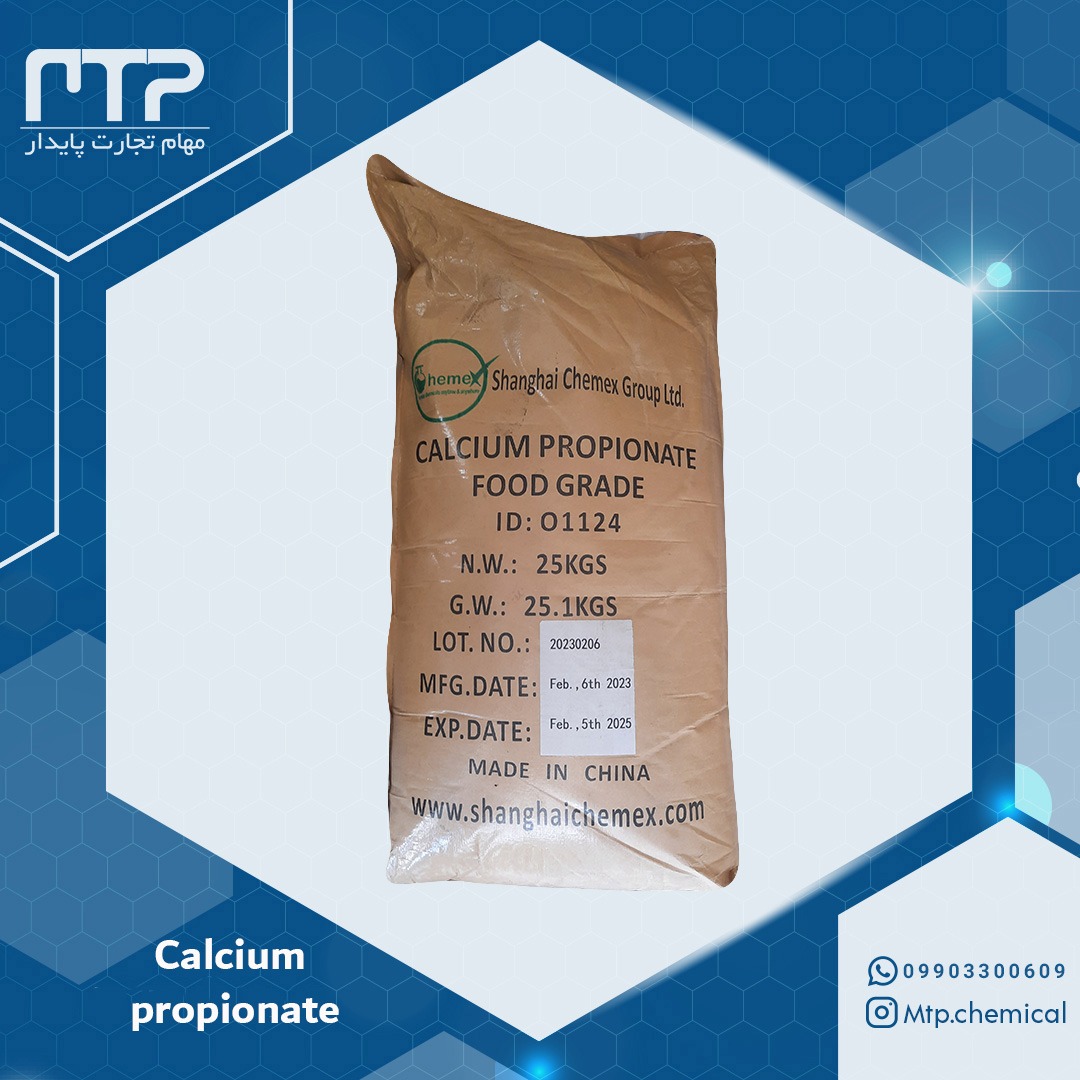
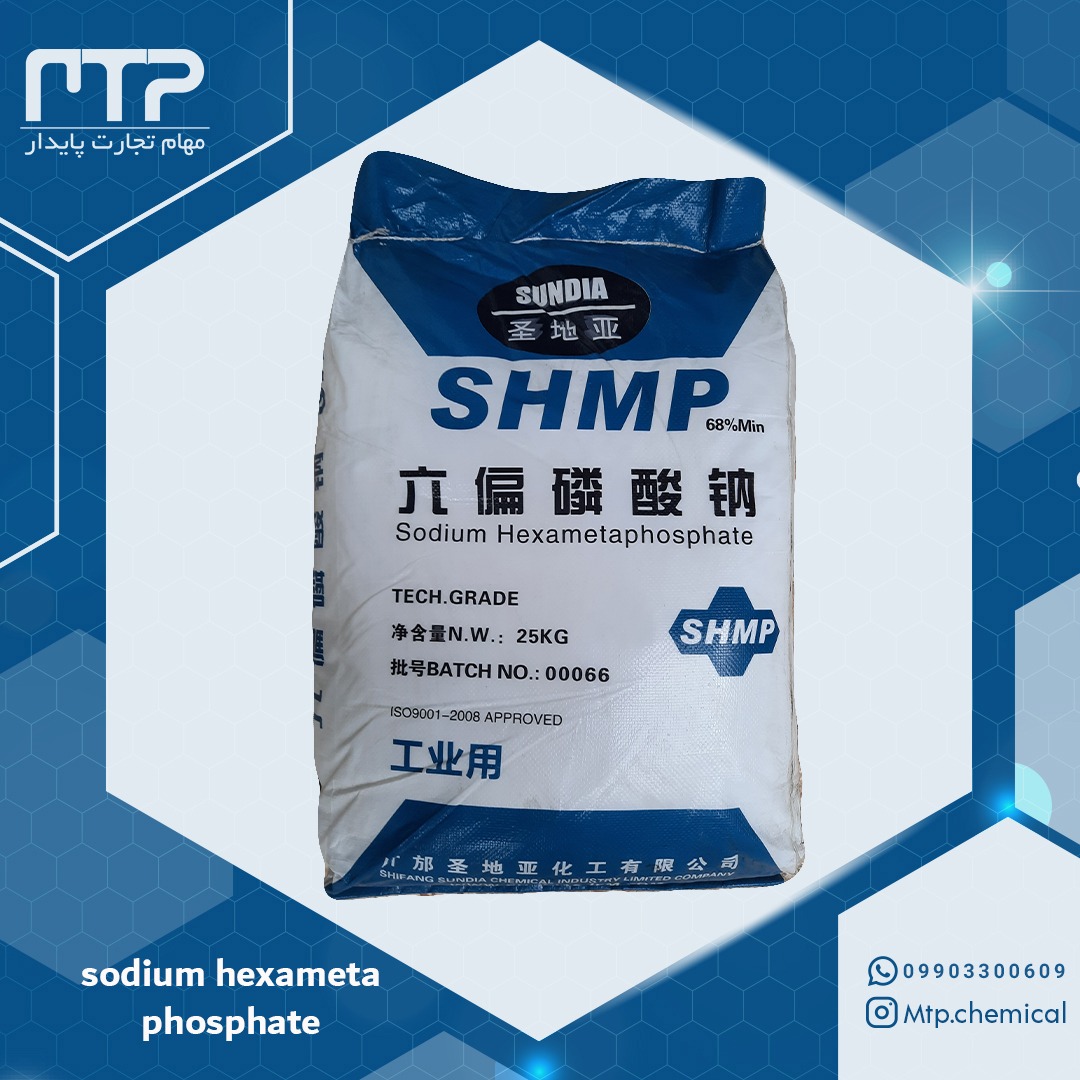
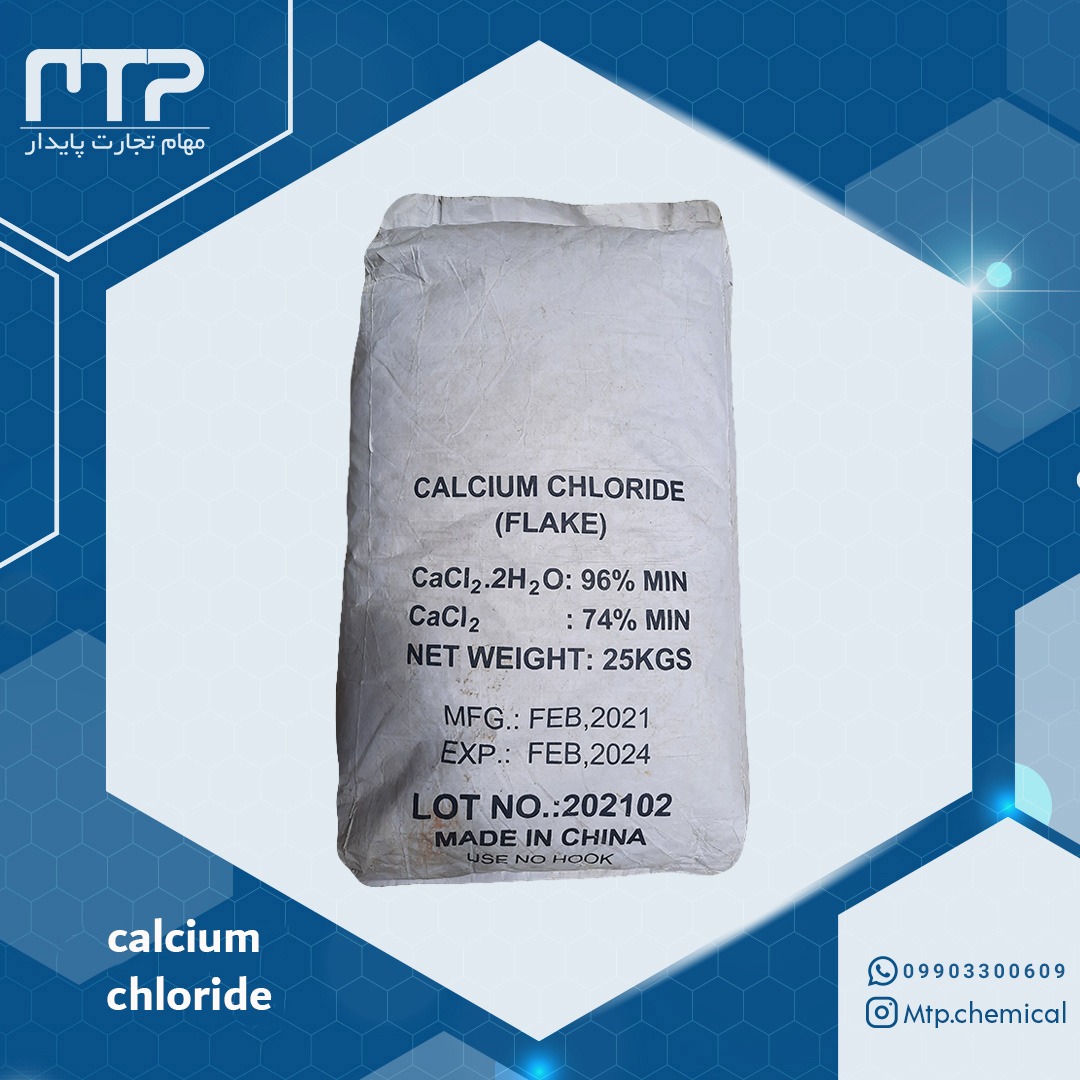
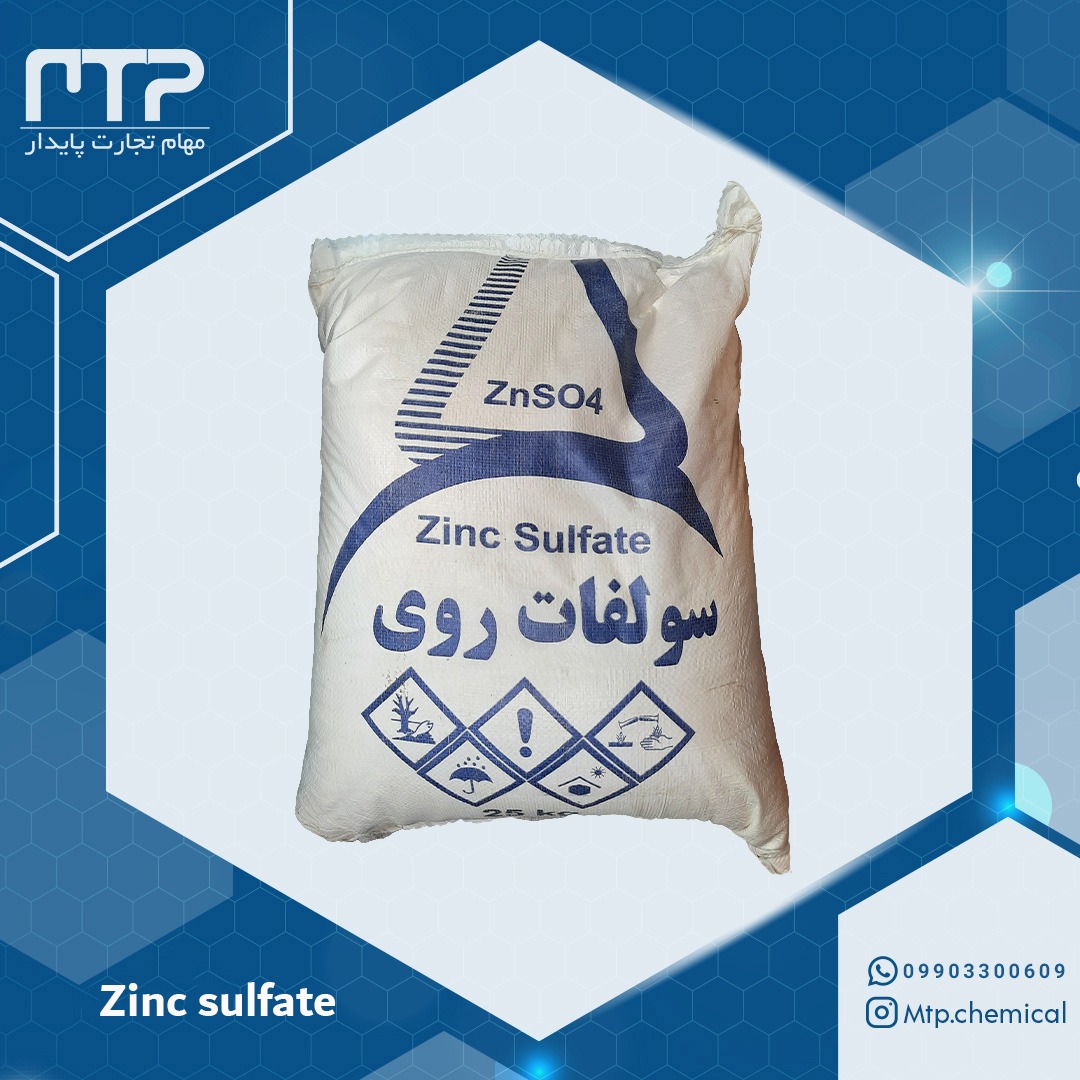
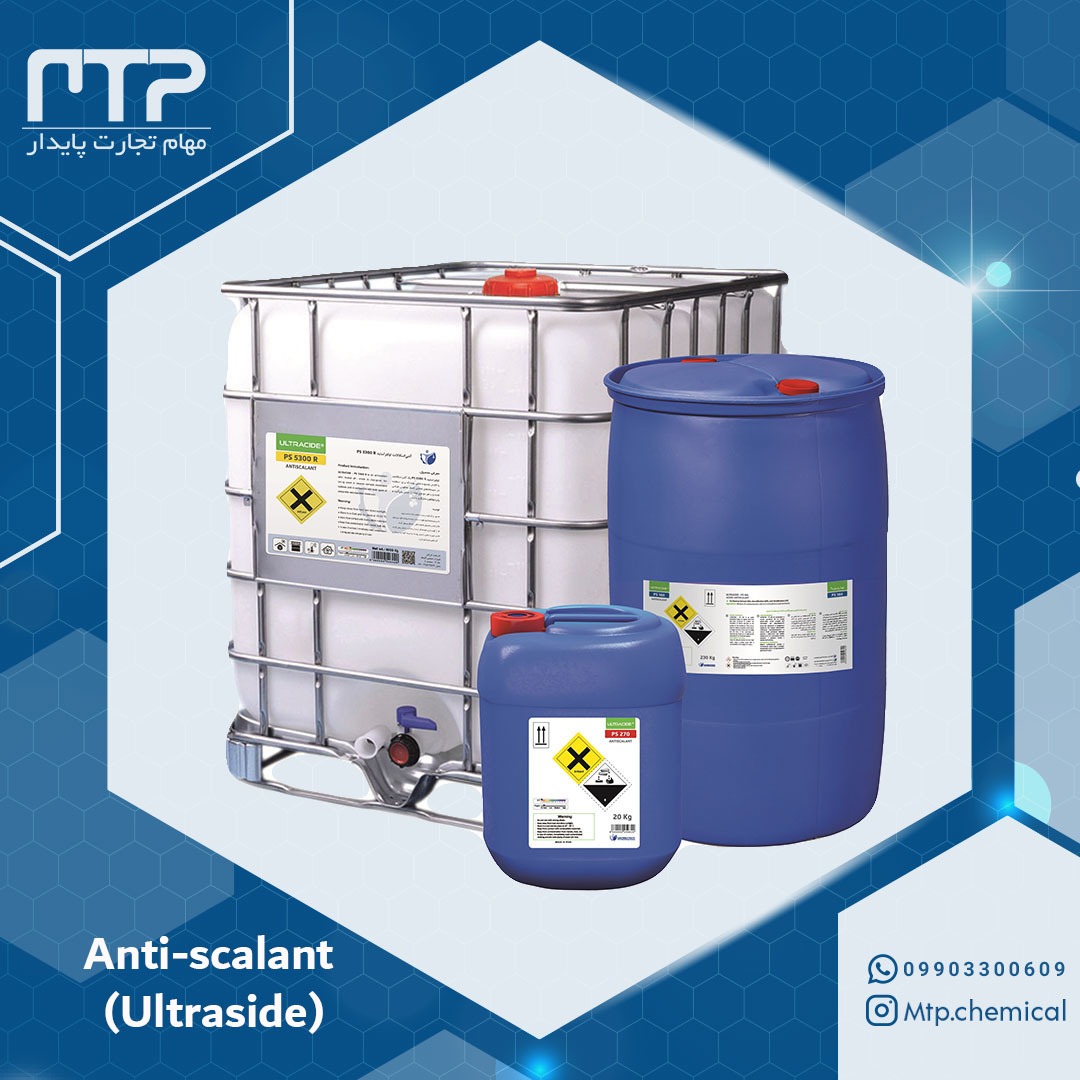
Reviews
There are no reviews yet.